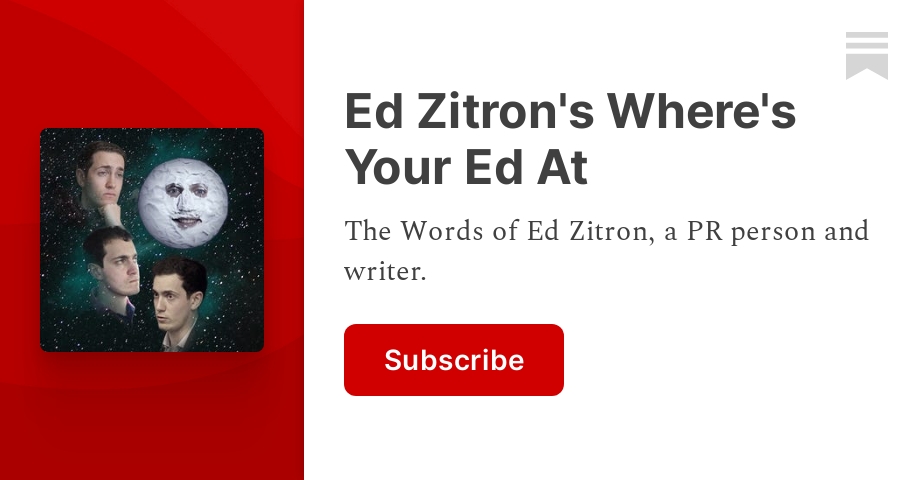- 22 Posts
- 190 Comments

 3·5 days ago
3·5 days agoYou can actually run it in async model without pictrs safety and just have it scan your newly uploaded images directly from storage. It just doesn’t prevent upload this way, just deletes them.

 2·5 days ago
2·5 days agoYou don’t get public traffic redirected. It’s not how it works

 2·5 days ago
2·5 days agoIt stops doing checks. Iirc you can configure it yes

 3·6 days ago
3·6 days agohttps://github.com/db0/fedi-safety and the companion app https://github.com/db0/pictrs-safety which can be installed as part of your lemmy deployment in the docker-compose (or with a var in your ansible)

 2·6 days ago
2·6 days agoNot all web traffic, just the images to check. With any decent bandwidth, it shouldn’t be an issue for most. It also setup in such a way as to not cause a downtime if the checker goes down.

 1·6 days ago
1·6 days agoThe software is setup in such a way that you can run it on your pc if you have a local gpu. It only needs like 2 gb vram

 4·17 days ago
4·17 days agoEAC is heaxbear, confirmed!

 5·17 days ago
5·17 days agoOmg that logo. GoL is a hexbear confirmed!

 1·24 days ago
1·24 days ago[…]Looping through the list you’ve been given, and making extra queries adds complexity and delay, when the expectation from the user is that this list should appear pretty quickly.[…]
While you’re correct about this, this could be handled dynamically. Simply fetch the list of posts quickly as usual, and then start polling for crossposts in the background and if any two appear in the current frontpage the user is seeing, merge them.
My counter to that, would be that if you aren’t using the API in the way the developers expected, your app has ceased to be frontend, and is instead its own program that’s scraping data from it.
Not at all. That’s not what scraping means.
I just completely disagree with the idea that a frontend should stick to what the backend design is, especially for a FOSS project.

 3·24 days ago
3·24 days agoFrontends generate the main feed by querying api/v3/post/list. This doesn’t provide any crosspost info - for that you have to go into the post itself by querying api/v3/post. As such, frontends would have to do a fair bit of extra work to wrangle the required information for a main feed that combined crossposts.
Most frontends already display available crossposts so you’re not wasting anything more than grabbing all the comment sections as well.
I’d argue that you have a problem as soon as you start saying ‘frontends need to do some extra work’ - it breaks the dynamic between backends and frontends. Backends should be big, complicated things, worked on by people familiar with the project, to provide all the logic, whereas frontends should be light, relatively easy to write, runnable on devices with limited resources, and mostly focused on how the information provided to them should be displayed. They should store the user’s preferences, and login details, and that’s it - everything else should come from the backend.
I don’t agree at all. There’s space for complex frontends which attempt to adjust the feed according to their own logic, as well as minimalistic frontends which follow the backend’s design explicitly.

 5·25 days ago
5·25 days agoSo I just installed it to check and it doesn’t do that. It just makes crossposts a bit more visible.
However it looks like a neat app so I’ll take it for a drive for a bit

 3·25 days ago
3·25 days agoDoes it show all comments in the same place like I suggest, or does one have to click on each crosspost to see them?

 1·25 days ago
1·25 days agoThis is what this post is suggesting, yes

 2·25 days ago
2·25 days agoThat’s a 404. Is there a git repo? I could use obtainium

 2·25 days ago
2·25 days agoLink plox
It’s been used as a gracious closer, kinda like a handshake in chess matches, for decades now.
Every time I lose in online 1v1 games. I have Rejection sensitivity dysphoria and it’s probably what’s making me extremely salty on loss. I literally cannon bring myself to say ‘gg’ in most cases but I I’m mostly angry at myself. I avoid saying ‘gg’ only when I win either as I feel like like a hypocrite.
Funnily enough, this doesn’t affect me in boardgames

 4·1 month ago
4·1 month agoYe, generally I would only use njalla for discardable services and domains.














I don’t see how it’s a privacy risk since you’re not exposing your IP or anything. Likewise the images are already uploaded to your servers, so there’s no extra privacy risk for the uploader.